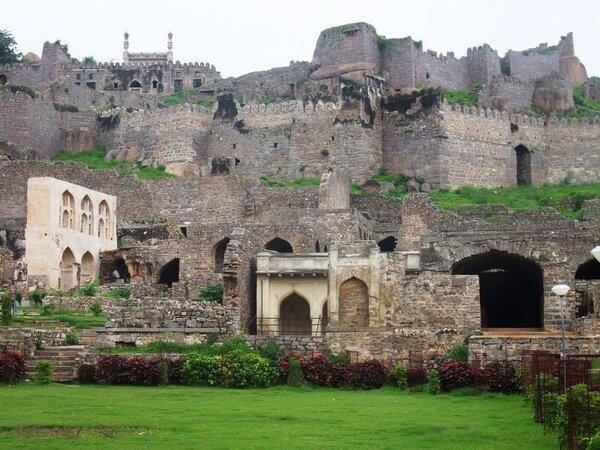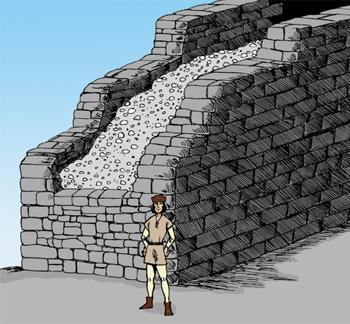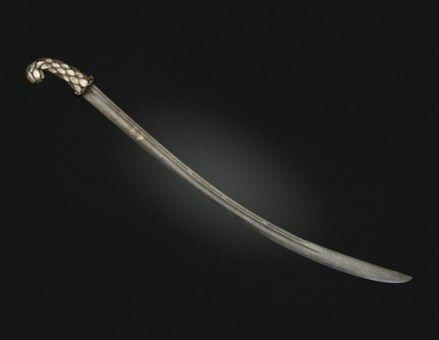|
The presence of gardens, fields, factories, and palaces suggests it housed not only Sultans but also farmers and workers. 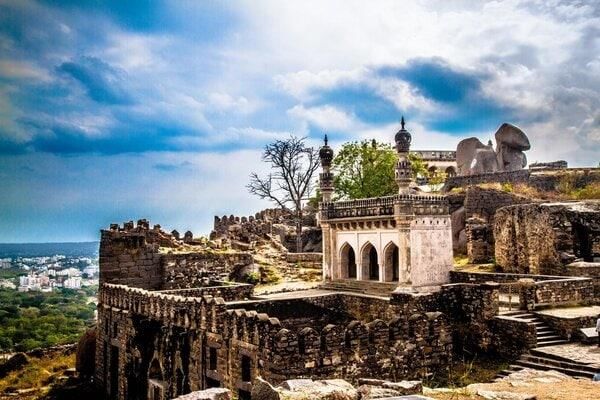 |
Card: 6 / 30 |
|
What architectural feature on the roof of the Sultan's Palace helped to enhance its aesthetic appeal? |
Card: 7 / 30 |
|
Fill in the blank: Aurangzeb's army was unable to penetrate the fort due to its ___ walls. |
Card: 9 / 30 |
|
True or False: Aurangzeb successfully entered the fort after camping outside for 8 months. |
Card: 11 / 30 |
|
Multiple Choice: Which of the following methods did kings use to capture smaller kingdoms? A) Flattery B) Marriage C) War D) All of the above |
Card: 13 / 30 |
 Unlock all Flashcards with EduRev Infinity Plan Starting from @ ₹99 only
|
|
A setup of wheels was built to collect water in pots from the river, using bullocks to push and rotate the wheels. 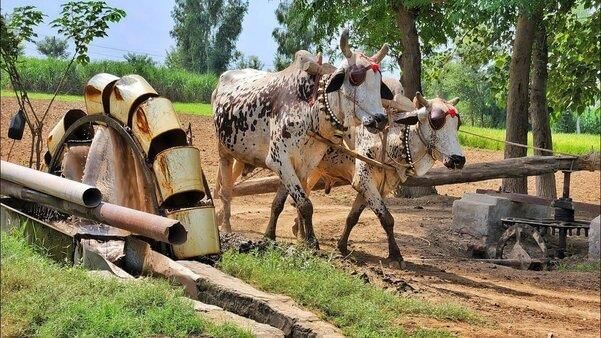 |
Card: 16 / 30 |
|
Fill in the blank: The museum contained items such as pots, jewellery, and ___ from around Golconda. |
Card: 17 / 30 |
|
Riddle: I hold stories of kings and queens, yet I am often spoiled by writing. What am I? |
Card: 19 / 30 |
|
True or False: The primary function of forts like Golconda was solely military, with no residential purpose. |
Card: 21 / 30 |
|
False. Forts also housed communities, including farmers, workers, and artists. |
Card: 22 / 30 |
|
Riddle: I have thick walls and a strong gate, once I kept a kingdom safe from fate. What am I? |
Card: 23 / 30 |
|
What clever method was employed within forts to ensure the survival of its inhabitants? |
Card: 25 / 30 |
|
Forts had systems of clay pipes to collect and store water, which was essential for survival. |
Card: 26 / 30 |
|
Forts often serve as ___ of history, preserving the stories and artifacts of previous civilizations. |
Card: 27 / 30 |
|
Artifacts provide insights into daily life, culture, and practices of past societies. 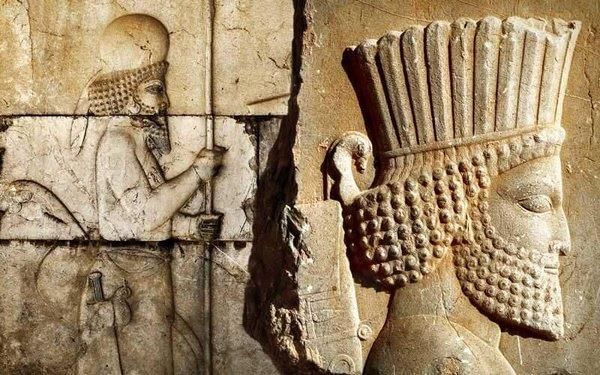 |
Card: 30 / 30 |





